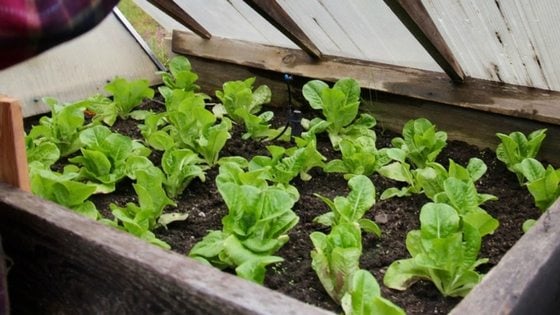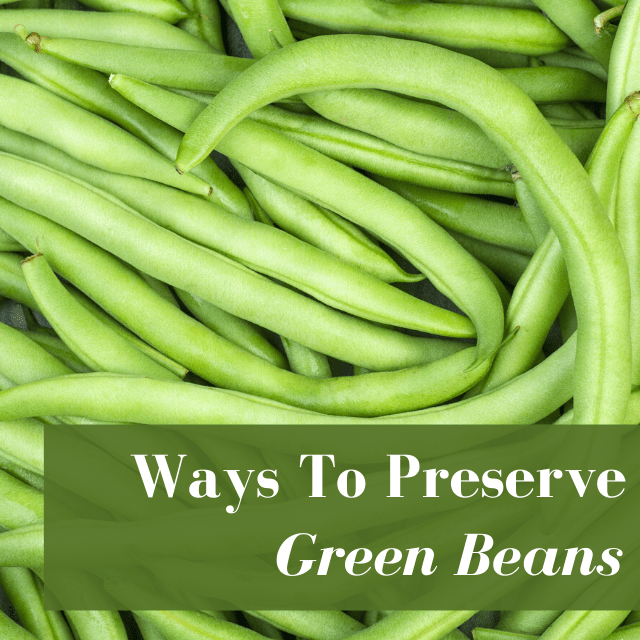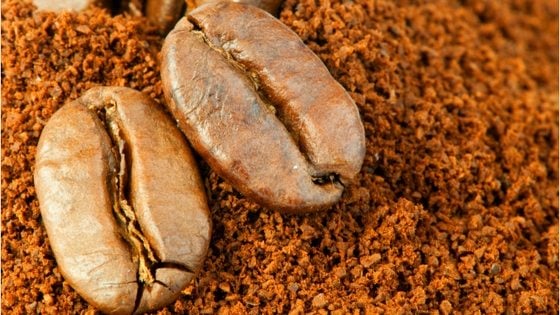Spring is here….and like everyone, we’re not just planting vegetables, but we’re looking to establish permanent flower beds to liven up duller parts of the homestead.
I don’t exactly have the greenest thumb out there, and perennials certainly aren’t my area of expertise, so I’ve invited my friend Valerie of Aspiring Homemaker to tell us how to choose perennials that are best for our gardens!
10 Strategic Tips for Choosing the Best Perennial Plants for Your Garden
Pouring over the pages of a nursery garden catalog, looking for the best perennial plant is one of my favorite things to do. I believe most gardeners enjoy this dreaming and planning stage.
But wait. Before you go out and buy, or order that perennial plant that seems to be calling your name, there are some things to consider.
Rushing into it without thought, mostly likely will not get you the best perennial plant for your garden situation. At best, you won’t be thrilled with your purchase, and worst case it might die, thus wasting your money.
What should I consider when buying a perennial plant?
Grab a notepad and pencil, or whatever you prefer to take some notes. Answer the following questions on your notes. Your answers will help guide you to find that perfect perennial plant for your garden. One that you’ll love and that works with the overall landscape.
- Do you have a specific location in mind, that you plan to grow your perennial plant?
If you don’t, then you need to find a place that you desire to plant. That is your number 1 question to answer. It’ll be difficult to proceed without knowing that.
- Is your location in full sun, shade or partial sun?
Pay attention to the sun pattern as well. Will there be morning sun, or afternoon? Are there any trees that when leaved out, will block the sun.
Sometimes this can throw a gardener off in the planning. An area will technically be in full sun, but as deciduous trees grow the condition turns to full shade.
- Is the area near a southern exposure wall or other structure?
This could make this area especially hot. Some plants will not be able to successfully endure there.
- Is there any other special conditions that might cause potential problems?
Look around the location again. If so, write it in your notes.
- What is your soil type? Do you have clay, sand, rich loamy soil?
Before you plant your perennial, you’ll want to amend the soil to its ideal condition. Nearly all plants need well drained soil.
- Is your potential plant location in the front of a bedding area, middle ground, or towards the back?
You don’t want to place a low growing plant in the back of a flower bed. It won’t be seem. Similarly, you wouldn’t want (in most situations) to plant a large perennial in the front of the area.
The general pattern for best viewing is the largest plants in the back, creating a beautiful dramatic backdrop. Your middle sized plants throughout the center areas. Lastly the low growing plants in the front where they will be seen.
- What plants are closest to the planting area?
Write those down, and if they are blooming perennials, jot down the color of the flowers. Make notes of everything to keep in mind regarding design.
- What time of year do you want your perennial plant to bloom?
Too often, this is sorely overlooked when planning perennial gardens. There will tend to be a rush of color when everything is in bloom for a short period of time; then nothing the rest of the year. Write in your notes when the majority of your plants will be in bloom, particularly those nearest your planting location.
The exception to this would be if you intentionally want that big blast of color when everything is blooming at once. Some gardeners will plant in a mono-color themed garden. These are examples of intentional garden design, which can be very beautiful.
- Do you have spring bulbs planted in the area that are forgotten about?
Many times when we think of an area we’d like to add a perennial to, the spot looks bare. However, it might not truly be. I can’t tell you how many times I’ve done this. I’ve dug the hole to plant my new plant, only to realize I had spring flowering bulbs already there.
In this case, perhaps a decorative short, ground cover would be a good option. It would fill the barren look, yet the spring bulbs can easily grow up through it.
- What is your plant hardiness zone?
This will tell you which plants can survive the climate you live in.
Summarize your perennial plant notes
Look carefully at the data you’ve written down. There should be some key answers popping out to you. Some of this information might actually be quite enlightening to you.
It may help your plant shopping process to briefly summarize your bottom line notes. For instance, you may realize you need a tall perennial plant that needs full sun or at least afternoon sun. It would need to be able to grow in sandy soil. You decide that you need a plant to bloom in April, or at least have interest at that time of year. You know your plant hardiness zone.
Now you can shop. Look for plants that fall into your parameters. You might discover perennials you had never considered before. Consider plants that are perennial in nature, but perhaps you hadn’t really considered them in that light before. Examples might be ornamental grasses, bulbs, small bushes, plants in which the foliage is the main attraction.
By shopping for perennials in this way, you are sure to find the best perennial plant for your garden. It’ll be one that works for your situation, and your plant will have the best chance of thriving.
By Valerie Garner. Check out my lifestyle blog at Aspiring Homemaker, you might enjoy the post Poisonous Plants and Children – Symptoms and Tips to Stay Safe. You might consider following me on Pinterest. Happy gardening!
I’d like to hear from you!
Which perennials are your favorite? Leave a comment below!
Maat van Uitert is a backyard chicken and sustainable living expert. She is also the author of Chickens: Naturally Raising A Sustainable Flock, which was a best seller in it’s Amazon category. Maat has been featured on NBC, CBS, AOL Finance, Community Chickens, the Huffington Post, Chickens magazine, Backyard Poultry, and Countryside Magazine. She lives on her farm in Southeast Missouri with her husband, two children, and about a million chickens and ducks. You can follow Maat on Facebook here and Instagram here.



![Make Goat Milk Soap Without Lye In Your Own Home! [Video Tutorial]](https://thefrugalchicken.com/wp-content/uploads/2015/11/goat-milk-soap-without-lye.jpg)


